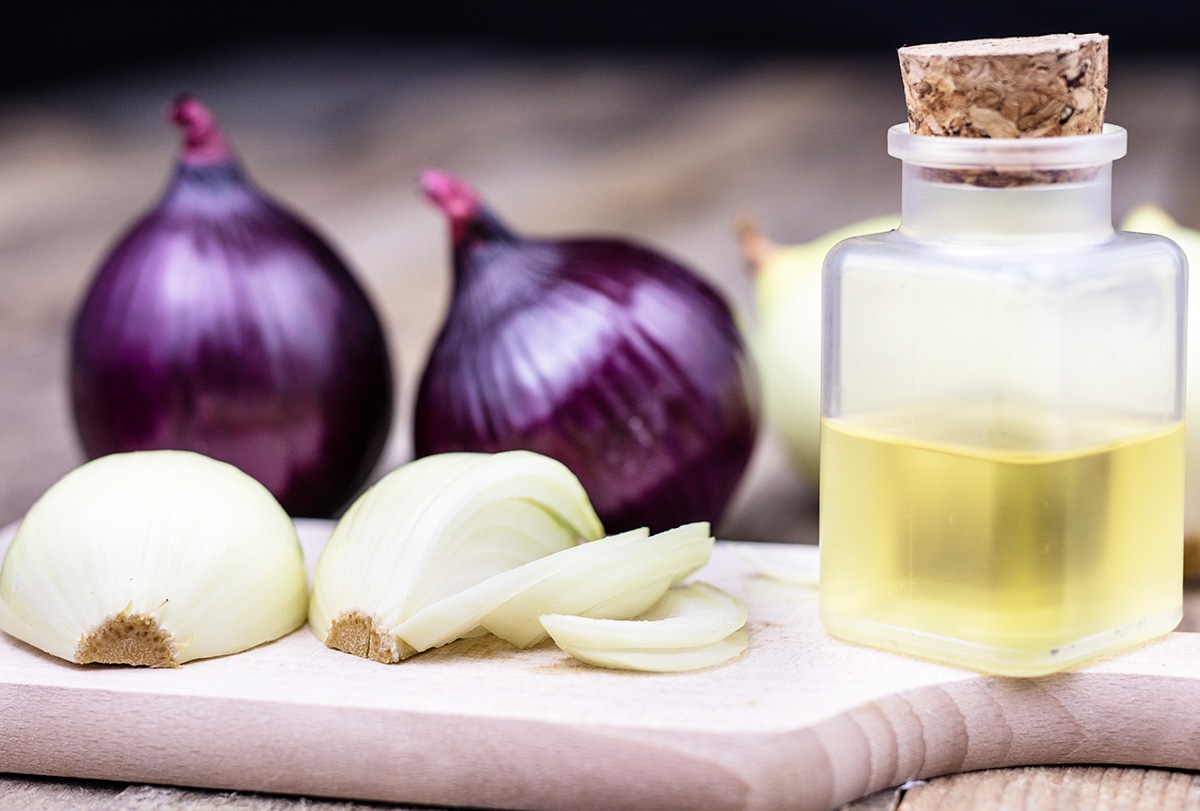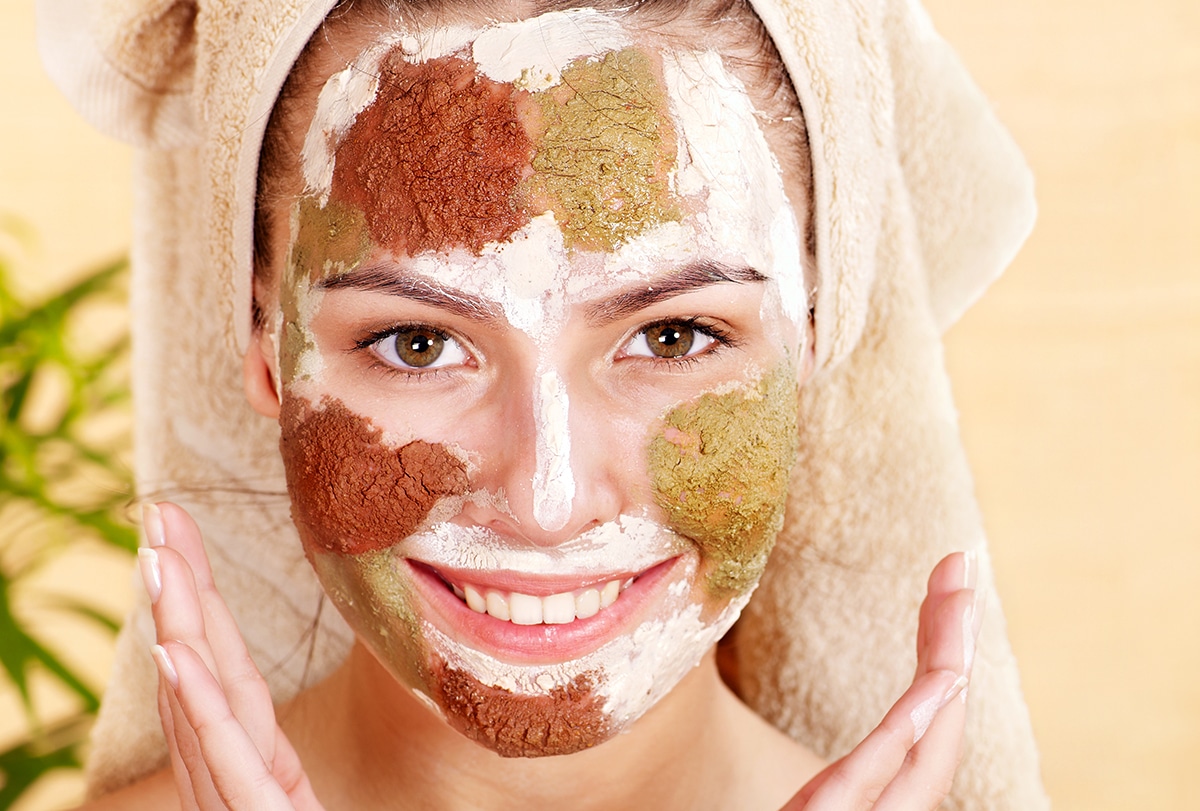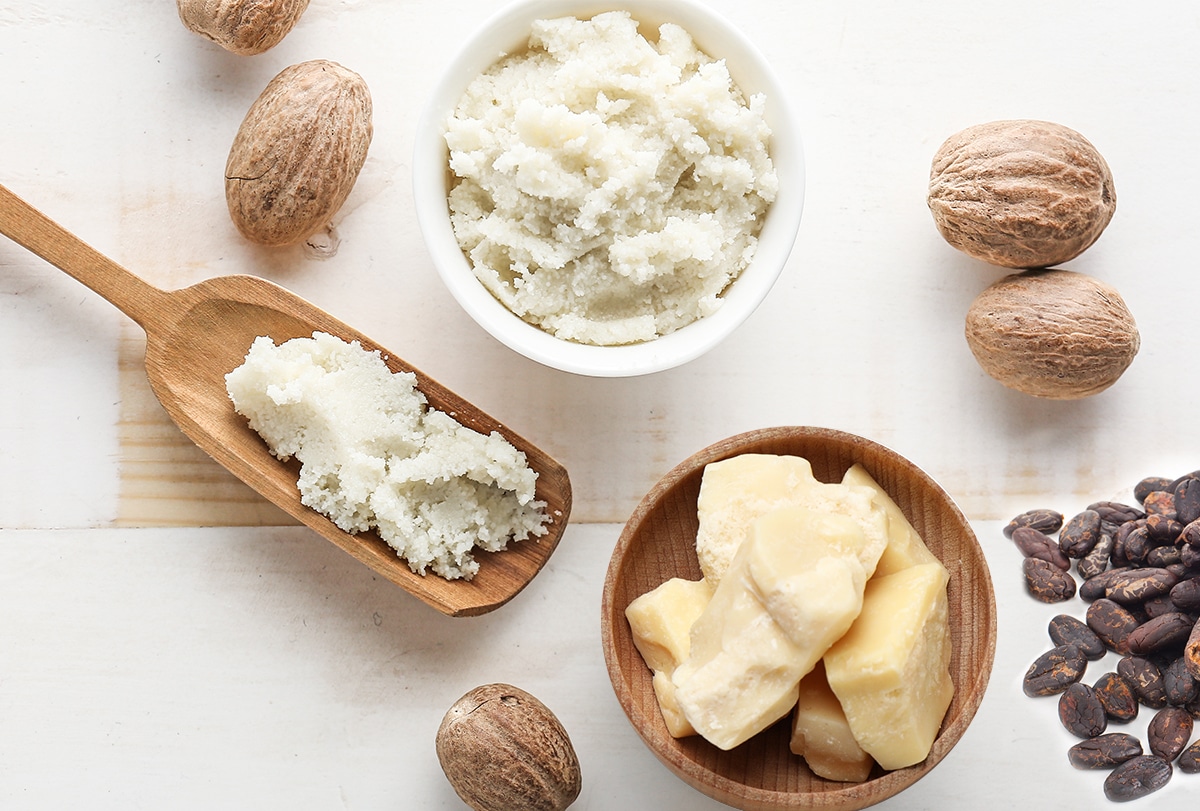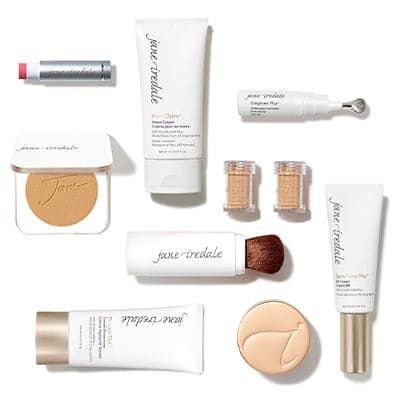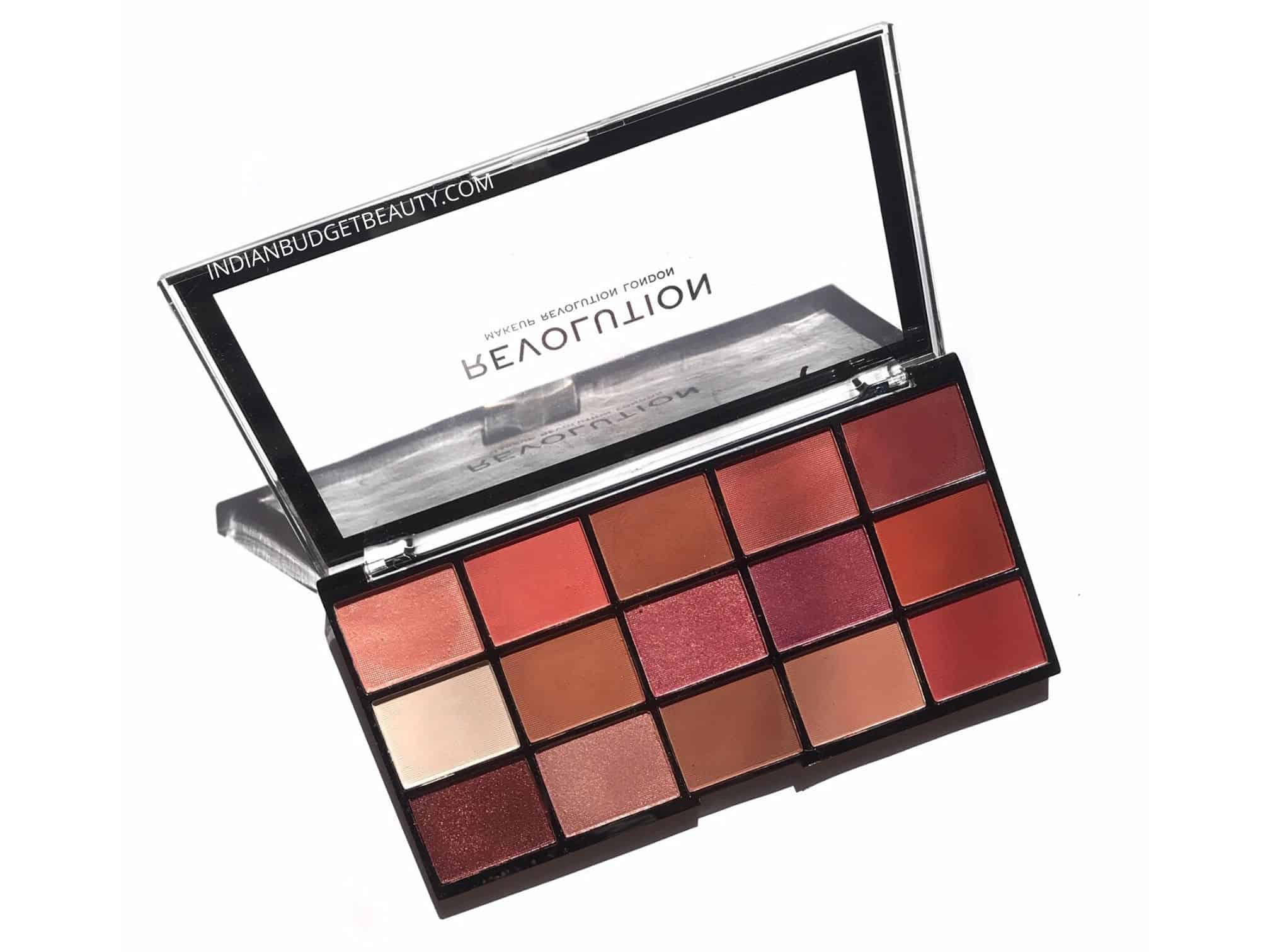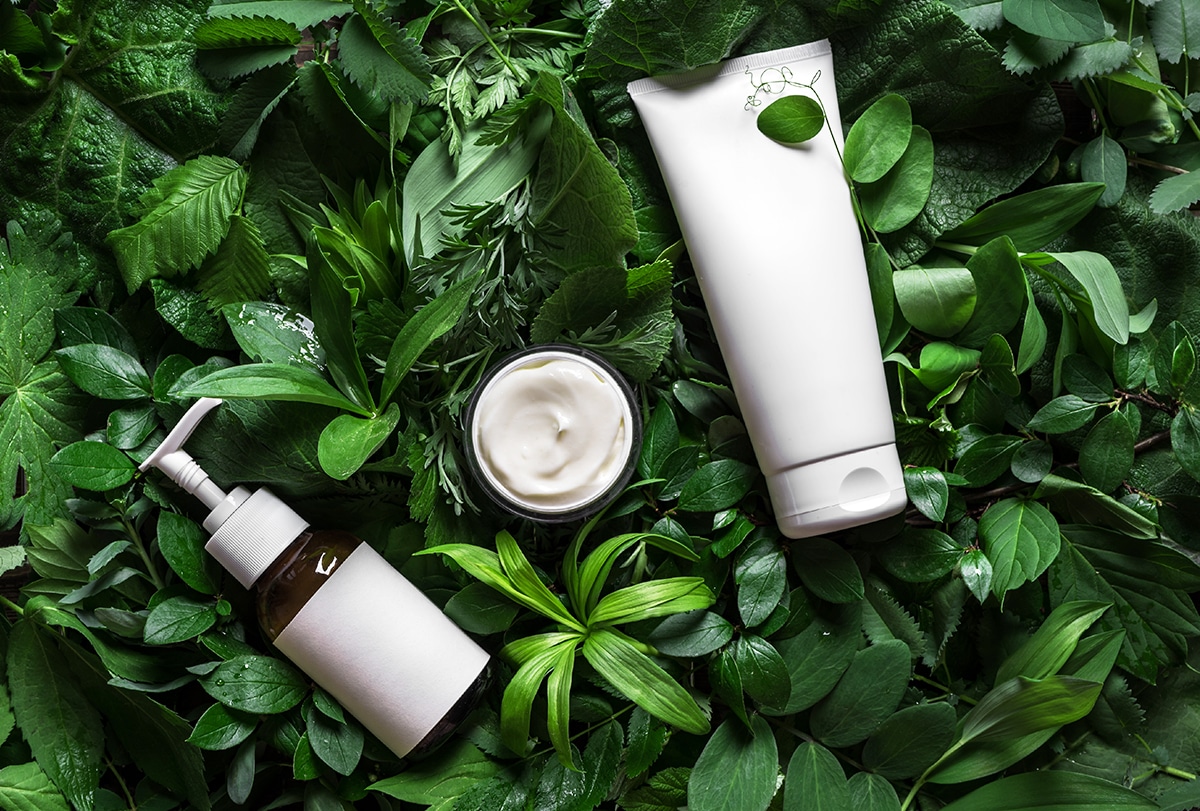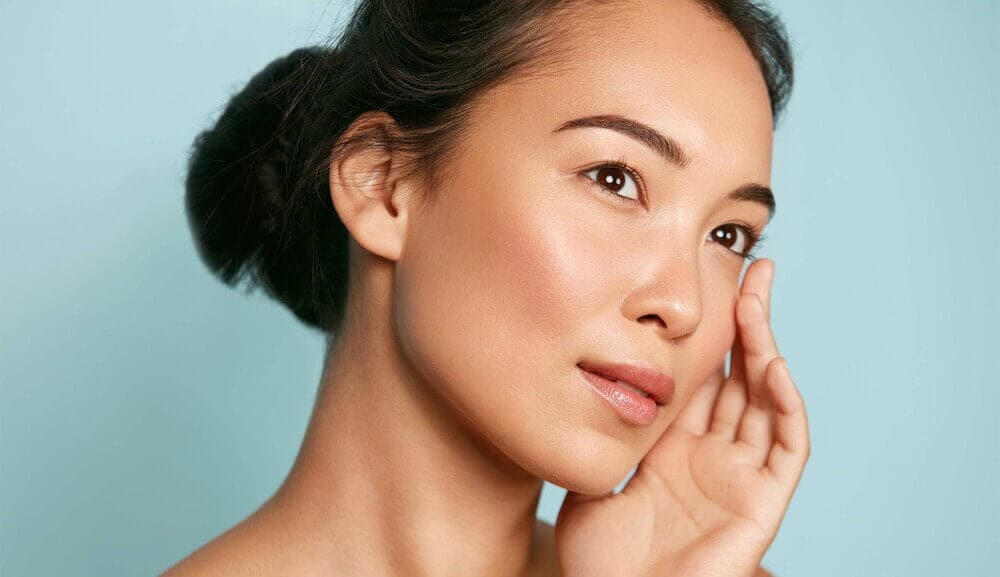Ayurveda is an ancient Indian medical science that relies on the use of natural and herbal remedies. It is a vast discipline that utilizes hundreds of herbs and minerals.

The modern skin care industry regularly creates products inspired by traditional Ayurvedic and natural cures.
The Concept of Skin Tone in Ayurveda
Ayurveda has a unique approach to skin care and beauty. There are three aspects of physical beauty in Ayurvedic sciences:
Varnya is a specific word used to describe anything that helps add radiance and softness to the skin or improve skin texture.
Ayurvedic Care for Wheatish Skin Tone
As mentioned above, Ayurvedic literature contains over 200 herbs and other natural remedies for your skin. Some of these beneficial herbs include varnya mahakashaya, lodhradi varnya gaya, and kunkumadi taila, among others. (1)
Along with herbs, Ayurveda utilizes minerals, natural fats, and oils for skin care. (2)
Here is a list of some common Ayurvedic herbs used for skin brightening, removing hyperpigmentation, reducing wrinkles, etc.:
1. Saffron
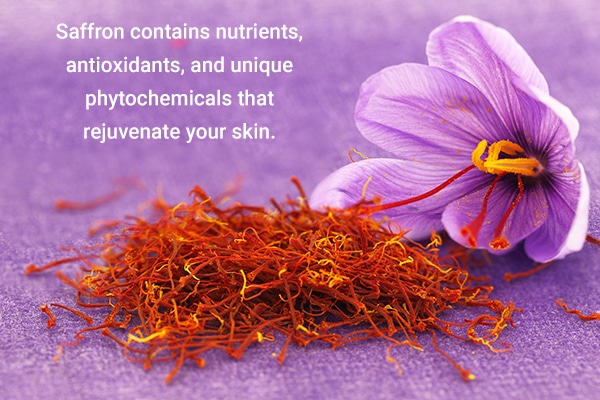
Saffron (Crocus sativus), or kesar, is widely used in Ayurvedic skin care to promote skin brightness and clear skin. Saffron contains nutrients including riboflavin, antioxidant compounds such as cyanidins and kaempferol, and unique phytochemicals such as safranal that help rejuvenate the skin.
How to use:
- Soak a couple of saffron strands in a glass of milk and drink it daily.
- Apply a saffron and cream mask to your face. Prepare the mask by mixing 1 teaspoon of milk cream with a couple of saffron strands. Apply this face mask to your face and let it dry for 15 minutes before washing off.
2. Turmeric
Turmeric (Curcuma longa), or haridā, contains various antioxidant, antimicrobial, anti-inflammatory, and skin-brightening properties that make it an effective skin care product.
It also contains a compound known as curcumin, which helps get rid of skin tan and fight acne.
How to use:
- Add a pinch or two of turmeric to a glass of warm milk and drink it every day.
- Mix 1 teaspoon of turmeric, a couple teaspoons of chickpea flour, and some milk to make a turmeric face pack. Apply this to your face and let it dry for 15–20 minutes before washing off.
3. Indian barberry
Indian barberry (Berberis aristata), or dāruharidrā, is a plant that has been used traditionally in Ayurveda for ages. It contains alkaloids, such as berberine and palmatine, that contain antioxidant properties that help fight photodamage to the skin.
How to use:
Dāruharidrā powder extract, paste, or fruit extract can be commonly found in Ayurvedic stores. Mix it with milk or water and apply the mixture to your face.
4. Neem
The leaves of neem or Indian lilac (Azadirachta indica), also known as nimba, is a skin care essential in India. It helps detoxify your skin and contains phenols that help fight oxidation to brighten your natural skin tone.
How to use:
- Neem and aloe vera face pack for a natural glow: Mix aloe vera gel and powdered neem leaves in a bowl, and apply the mixture to your face. Let it dry for 15 minutes before washing it off with water.
- Neem and lemon face pack to treat acne: Mix powdered neem leaves, rose water, and a couple drops of lemon in a bowl, and apply the mixture to your face. Wash it off after 10 minutes.
- Neem and yogurt face pack to reduce dark spots: Mix neem powder and yogurt in a bowl, and apply the mixture to your face. Wash it off after drying.
- Neem and oatmeal face pack to fight the signs of aging: Mix 2 teaspoons of neem powder with ½ cup of oatmeal and some water to make an antiaging face mask.
Note: Do not use neem on your face daily as this can lead to skin irritation. Use it once or twice a week for best results.
5. Khādira
Khādira (Acacia catechu) is a powerful antioxidant plant used in Ayurvedic cures. It contains catechins that help fight oxidation and improve your skin tone.
How to use:
- Khādira powder: You can consume 1–2 g of khadira powder with water once every day after food. Khadira powder can also be applied topically on dermatitis-affected areas for relief.
- Khādira capsules: You can also take a khadira capsule once a day.
Note: Always consult a doctor before using khadira as it is a potent herb and can have side effects such as extremely low blood pressure and liver issues. (3)
6. Indian gooseberry
Indian gooseberry (Phyllanthus emblica), also called amla and amalaki, is filled with anti-inflammatory and antioxidant properties. It contains high amounts of vitamin C and a compound known as emblicanin, both of which are extremely beneficial for the skin.
Amla helps prevent photodamage and remove tan.
How to use:
- Amla can be consumed raw or made into pickles, chutneys, and curries.
- You can make and use different face masks using amla:
- Mix a couple tablespoons of amla and papaya paste in a bowl. Apply this paste to your face and let it dry for 10–15 minutes. Wash it off with water.
- Mix some amla paste with sugar and rose water to make a natural exfoliating scrub.
- Amla paste and yogurt can be used in a face mask to remove suntan. Mix 2 tablespoons of amla paste and 1 tablespoon of yogurt in a bowl. Apply the mixture to your face. Wash it off with cool water.
Note: Avoid eating too much amla as it can cause acidity and other gastric issues. If you have dry skin, keep yourself well-hydrated after consuming amla as it has a tendency to cause skin dryness.
7. Harītakī
Harītakī (Terminalia chebula), also known as black myrobalan, has natural skin-rejuvenating and skin-brightening properties. It has been shown to inhibit melanogenesis and thus prevent suntan. It can also help prevent acne and hyperpigmentation.
How to use:
- Mix 1 tablespoon of haritaki paste with 2 tablespoons each of gram flour, rose water, and Fuller’s earth.
- Apply the mixture to your face.
- Let it dry for 15 minutes before washing it off.
8. Ginger
Ginger (Zingiber officinale), also called śuṇṭhi, contains a compound known as 6-gingerol, which helps cleanse the skin as well as reverse tan and hyperpigmentation. This can brighten your skin tone and add a natural glow to your face.
How to use:
- Mix 1 teaspoon of ginger juice with 1 tablespoon of yogurt.
- Apply the mixture to your face.
- Wash it off after 10–15 minutes.
9. Sandalwood
Sandalwood (Santalum album), or śveta candana, has been used in skin care and cosmetics all over the world. It contains antioxidant, anti-inflammatory, and antimicrobial properties that brighten the skin tone, cleanse the skin, and nourish it.
How to use:
- Mix ½ teaspoon of sandalwood powder with 1 teaspoon of tomato paste and some gram flour.
- Apply this mask to your face and let it dry for 8–10 minutes.
- Wash it off with cool water.
10. Madhuyaṣṭi
Licorice root (Glycyrrhiza glabra), or madhuyasti, is a popular Ayurvedic remedy for a number of skin issues such as acne, dark spots, wrinkles, and skin infections. It has antibacterial properties and antioxidant compounds that help detoxify the skin and refresh it. (4)
How to use:
- Drink a decoction of licorice root on alternate days.
- Mix licorice tea and rose water with gram flour to make a face mask.
- Apply the mixture to your face and wash off in 10 minutes.
11. Indian madder
Indian madder (Rubia cordifolia), also called mañjiṣṭhā, is used to treat hyperpigmentation and tan. It is filled with glucosides, including manjisthin and purpurine, that help brighten the skin tone.
How to use:
Mañjistha is available in the form of powders, oils, and serums that can be used topically on the skin as directed.
12. Cinnamon
Cinnamon (Cinnamomum zeylanicum), or tvak, contains cinnamaldehyde, a compound known to inhibit melanin production. Thus, cinnamon can help treat hyperpigmentation and suntan.
How to use:
- Mix ½ teaspoon of cinnamon powder with 1 tablespoon of honey, and apply the mixture to the dark spots on your face. Wash it off after 10 minutes.
- Add ½ teaspoon of cinnamon powder to 2 tablespoons of olive oil. Gently massage this face mask all over your face. Wash it off after 10 minutes.
- Coarsely ground cinnamon powder mixed with yogurt can be used as an exfoliating agent once or twice a week.
Some Less Familiar Ayurvedic Herbs Used in Cosmetics
1. Śārivā
Śārivā (Hemidesmus indica), also called anantamula and salsa, has potent antioxidant qualities that can prevent skin damage caused by sun exposure, reverse tan, and treat dark spots and dark circles.
2. Uṣīra
Usīra (Vetiveria zizanoides) is a perennial grass that possesses properties that inhibit melanin production. It can help reduce tan and hyperpigmentation as well brighten the skin.
3. Lodhra
Lodhra (Symplocos racemosa) is considered a deep cleanser in Ayurveda. It contains compounds known as salireposides, which can treat dark spots and acne.
4. Kuṣṭha
Kustha (Saussurea lappa) roots are used as a skin-lightening agent in various Ayurvedic remedies. They contain antioxidant properties that can help soothe and brighten the skin.
Extra Care and Tips Suitable for Wheat Skin Tone to Look Gorgeous and Beautiful Every Day
Here are some tips to care for wheatish skin tones:
- Use sunscreen: Make sure to apply a sunscreen of SPF 30 or higher every day.
- Wear the right colors: Every person has a different body type and skin tone, so it is important to choose clothes that go well with yours. Wearing the right colors can have a huge effect on the appearance of your skin. Bright hues such as red and orange are well suited to wheatish skin tones. Whites may also complement wheat skin tone well.
- Choose the right hair color: A wheat skin tone goes well with red or brownish hues. Avoid dyeing your hair blonde or other lighter colors.
- Go bold with lipstick shades: Dark and warm shades such as maroon, brown, and red go well with wheat skin tones.
- Avoid pink blushers: Opt for nude blushes or peachy shades as pink blushers may appear cakey on wheat skin tones.
- Experiment with eyeliners: Eyeliners in different colors like green and blue suit your skin tone.
- Go easy on eyeshadows: Subtle nude tones or golden hues work best on wheatish skin tones.
Indian Skin Tone and Wheat Tone
Skin tone is determined by a number of characteristics such as genetics, ethnicity, sun exposure, and melanin production in the body. India is a diverse country, and its people have several different skin tones in varying shades of light to dark.
However, a wheat skin tone – a complexion that is a light shade of brown – is the most common Indian skin tone. (5)
Some Interesting Facts About Wheatish Skin Tones
Wheat skin tones are neither too dark nor too light – hence, most colors go well with it.
Dark colors such as black, brown, and red accentuate the yellow undertones of your skin and make it glow, while wearing pastels or bright shades can make your features stand out.
Most-Asked Questions
Which skin tone is the most attractive?
Every skin tone is beautiful when you care for it properly and wear the right shades. However, wheatish skin tones do have an added advantage – most colors go well with it.
Can I apply a neem face pack every day?
It is better to use neem face packs once or twice a week at most. Excessive use can dry your skin and cause skin irritation.
How can I make my wheatish skin tone glow?
- Add 1 teaspoon of cinnamon to one mashed banana and apply the mixture to your face. Wash it off after 10 minutes. Cinnamon and banana face masks help add a natural glow to your skin.
- Saffron strands soaked in milk cream also impart a refreshing and brightening glow to your face.
- Sandalwood face masks are a great way to brighten your wheatish skin tone.
- Stay well-hydrated throughout the day.
Final Word
Ayurveda is an ancient science that has stood the test of time. People have been benefiting from Ayurvedic skin care remedies for thousands of years. Modern skin care products also take inspiration from these traditional natural cures.
You can add the natural face masks mentioned above to your skin care routine and hopefully see major improvements in the health and appearance of your skin. (6)


